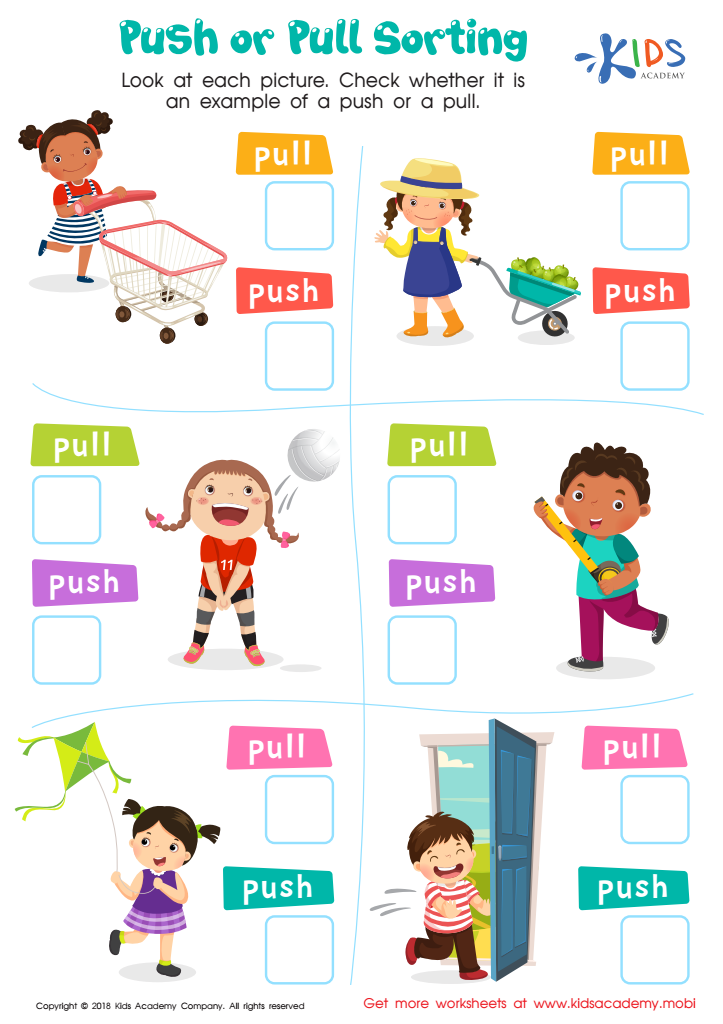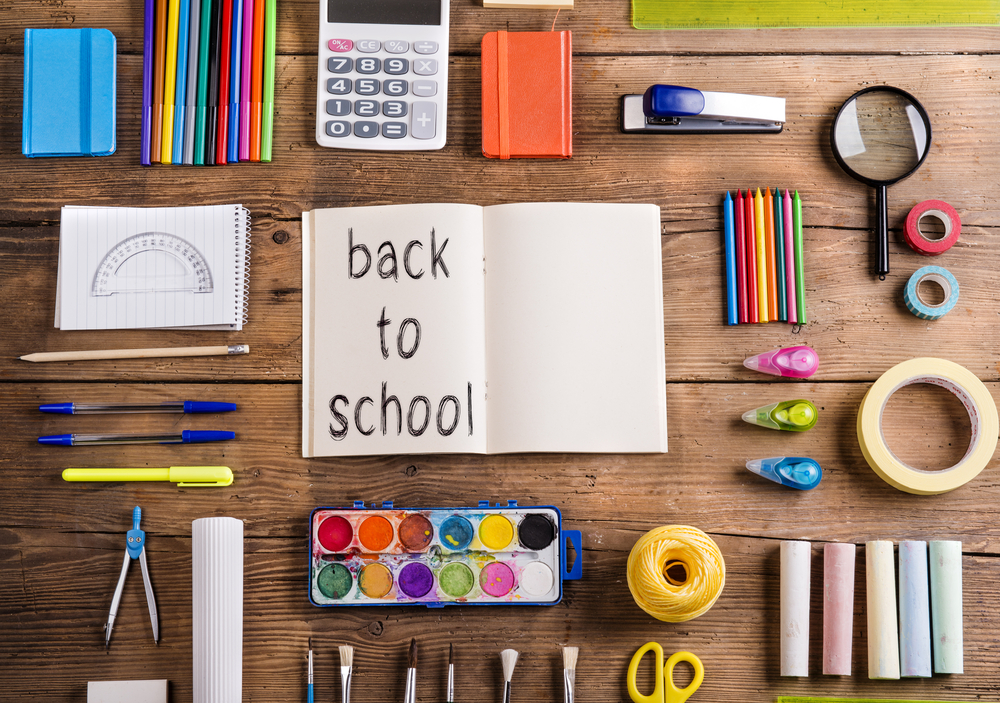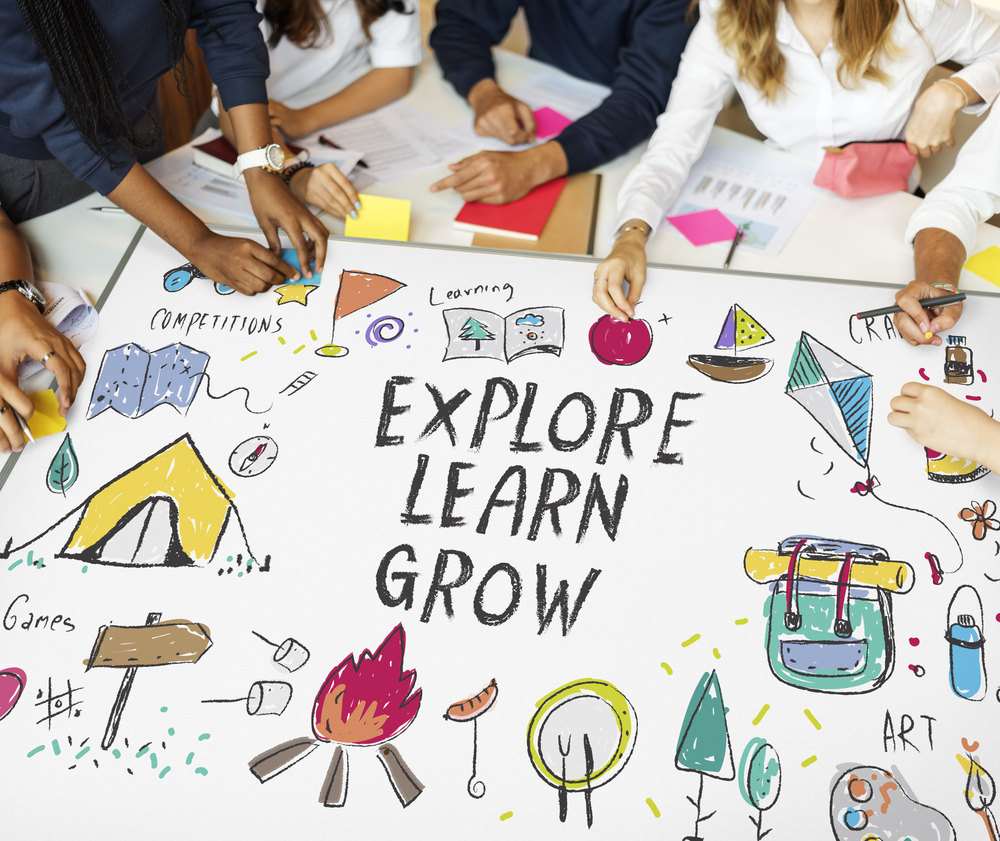Learn physical interactions Worksheets for Kids
1 filtered results
-
From - To


Push or Pull Sorting Worksheet
Question/Answer
How to train the Learn physical interactions skill in Kindergarten students learning about Physical Science?
To train the "Learn physical interactions" skill in Kindergarten students, engage them in hands-on experiments and interactive activities such as building simple structures with blocks, conducting experiments with magnets, exploring the effects of push and pull on objects, and using water play to understand liquid movements.
What does the Learn physical interactions skill mean when it comes to Kindergarten Physical Science learning?
The "Learn physical interactions" skill in Kindergarten Physical Science involves teaching children the basics of how objects interact with each other and their environment. This includes understanding concepts like pushing and pulling forces, gravity, and the effects of these interactions, such as changes in motion or position. It lays the foundation for exploring physics and the natural world.
How to test a Kindergarten student’s Learn physical interactions skills?
To test a Kindergarten student's physical interaction skills, observe and engage them in activities that require basic motor skills, such as catching or throwing a ball, running, jumping, or navigating an obstacle course. Assess their coordination, balance, reaction time, and ability to follow physical instructions. Interactive group games can also highlight their ability to cooperate and engage physically with peers.
 Assign to the classroom
Assign to the classroom











